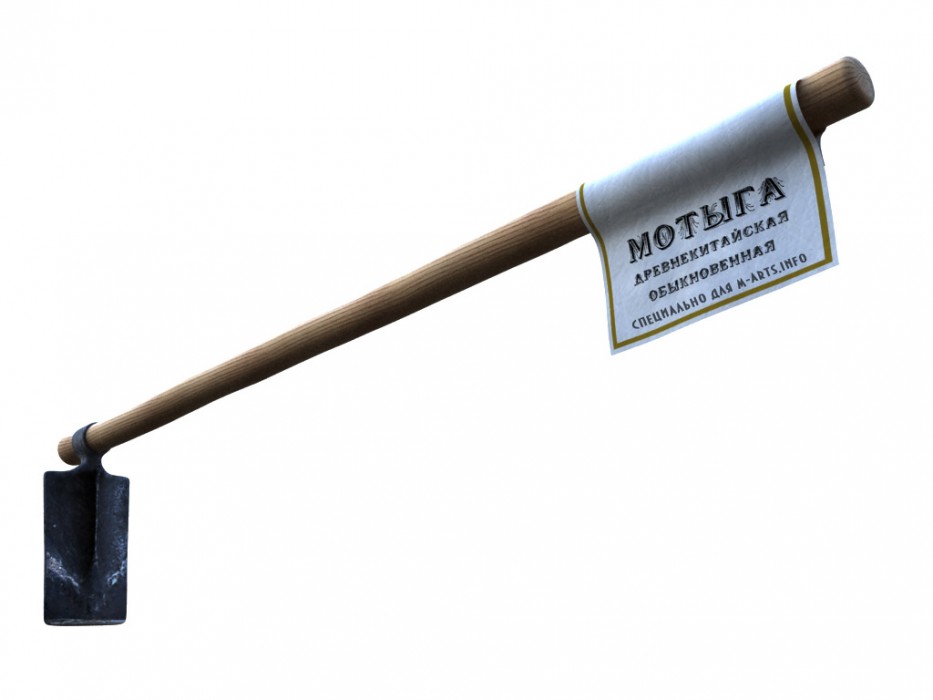
Одним из наиболее распространенных видов оружия среди фермеров Южного Китая была мотыга (цапка), которая могла использоваться вместо двухконечного оружия, как, например, посох или палица, для блоков и ударов, или в виде рубящего или режущего средства нападения. Тем более что она была легкодоступна, поскольку находилась в распоряжении каждого фермера, а те, в свою очередь, отлично умели с ней обращаться.
В Чой Ли Фут, тренировки с мотыгой включают в себя нечто большее, нежели обычные боевые упражнения. Здесь есть и драма.
“В древние времена, в стилях владения боевым оружием Южного Китая использовались показательные демонстрации большого количества красочных движений, далеких от практического применения”, - объясняет Док Фай Вонг. “Это делалось с целью привлечения общественного интереса к боевым искусствам, обычный способ набора учеников. Школы боевых искусств выступали на деревенских фестивалях и праздниках, весельях в честь сбора урожая или начала сезонных работ”.
“Так как многие виды оружия, владению которыми обучали в древности, были первоначально частью сельскохозяйственного инвентаря, для оживления публики мастера кунг-фу добавляли в свои показательные выступления немного актерской игры”, - добавляет он. “Например, традиционное выступление с мотыгой начиналось с того, что боец закатывал рукава и имитировал прополку в поле. Затем останавливался, вытирал пот со лба и смотрел на солнце, проверяя время. Боец растирал больную спину и забрасывал мотыгу на плечо, показывая тем самым, что уставший возвращается домой после долгого рабочего дня. А потом начиналось боевое выступление”.
Палка и лезвие
Большинство традиционных форм владения мотыгой начинаются очень похоже на то, что описал Вонг. Это делает их более интересным для зрителя и объясняет происхождение оружия.
Китайская мотыга подобна тем, что сейчас присутствуют в садах и огородах. Лезвие было немного длиннее, приблизительно 10 дюймов (25,4 см), а ширина достигала 6-ти дюймов (15,24 см). Рукоять этого относительно тяжелого оружия, с весом от шести до восьми фунтов (~2,7-3,6 кг), делали из твердой китайской древесины. Как и в случае со скамейкой, тренировки с мотыгой подразумевают в себе силовые упражнения и укрепление предплечий и запястий, а также развивают чувство равновесия и силу.
Фермерская мотыга была одновременно посохом и холодным оружием, а приемы напоминали движения из кван-до. Ее всегда держали правой рукой вперед на расстоянии около 2/3 от конца рукояти. Левая рука находилась по центру. Это позволяло быстро перемещать ее в любом направлении. Центральную часть рукояти также могли использовать для блокирования ударов противника. В то же время, ее можно было легко оттянуть назад для последующего выпада вперед или черпающего движения заточенным концом.
Острый конец использовался либо для рубящего удара сверху вниз, либо для резкого прямого толчка противника. Он тяжелый и острый и не требует большой силы для нанесения эффективного удара. При выпаде вперед, движение плоской части лезвия напоминает удар кулаком. Скамья и мотыга - отличные представители творчества и изобретательности китайских мастеров боевых искусств, выработавших эффективные боевые приемы с использованием обычных предметов и домашнего инвентаря.
В статье использовались цитаты из разговора с великим мастером Док Фай Вонгом.
Источник: журнал “Inside Kung-Fu” (2002)
Автор: Джейн Хеллендер.
Поиск информации: Jason DinAlt
Перевод и трехмерная визуализация: EvilDollaR






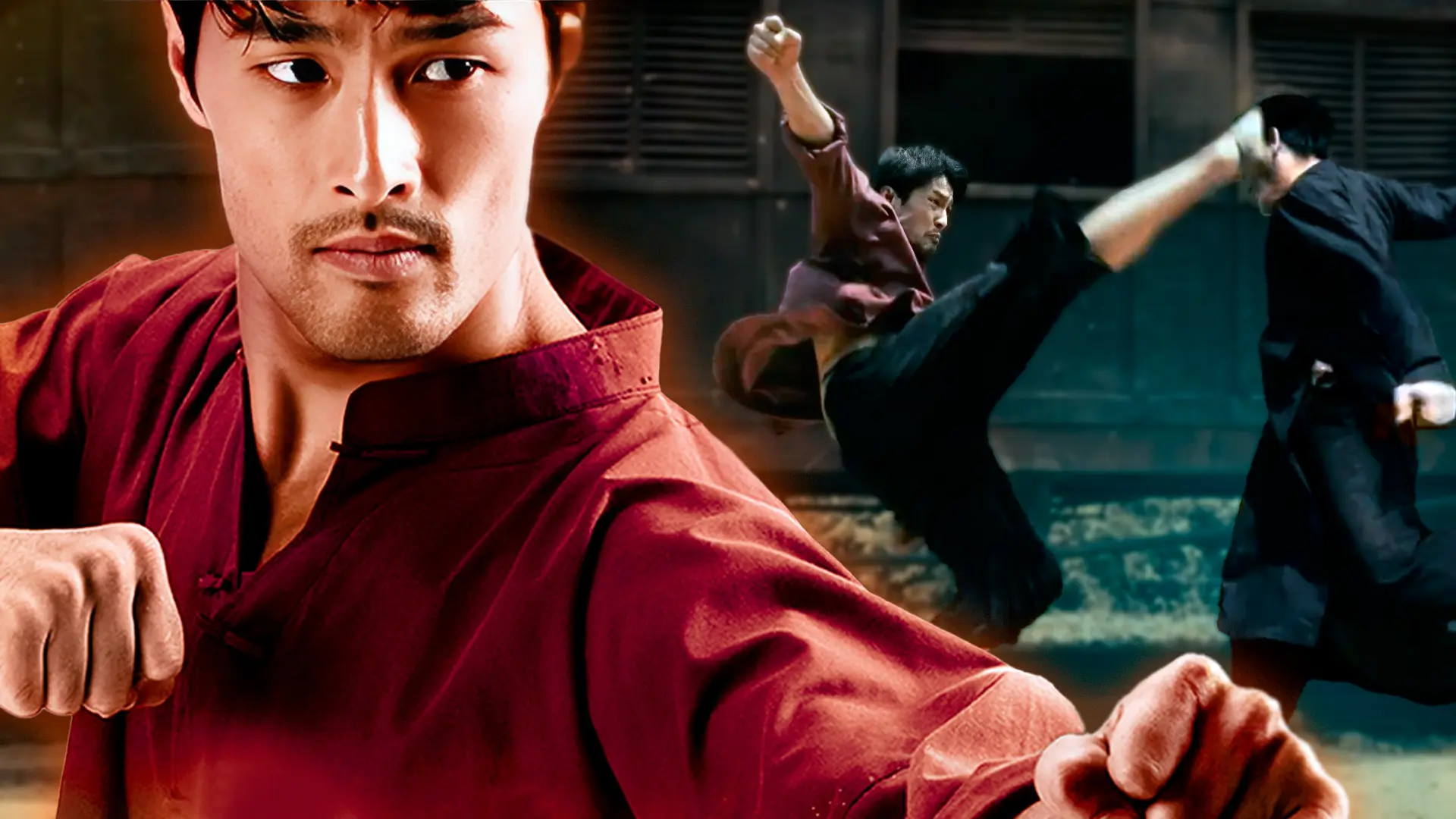
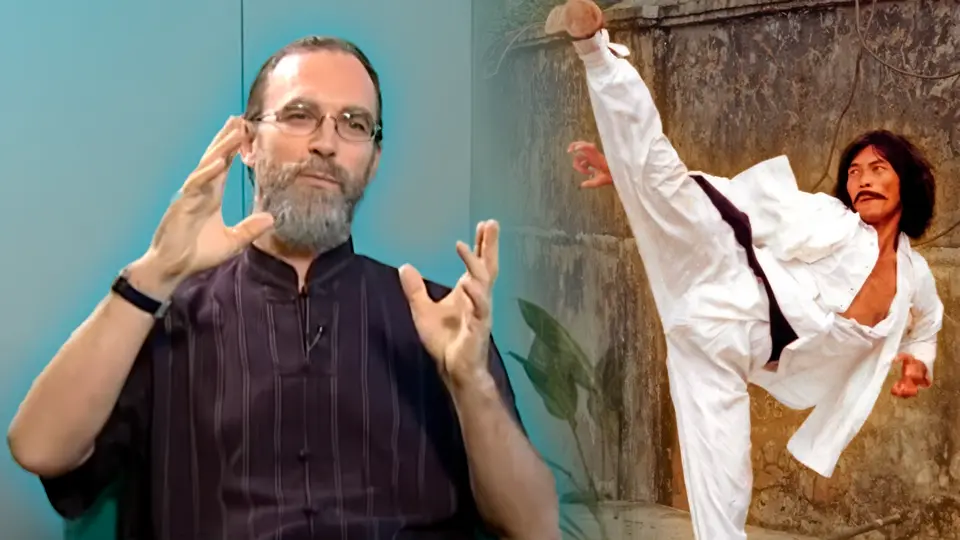

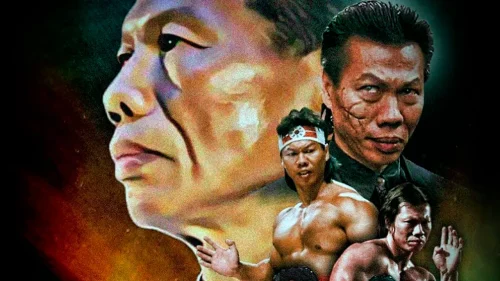

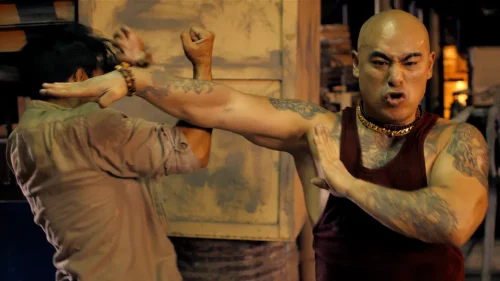


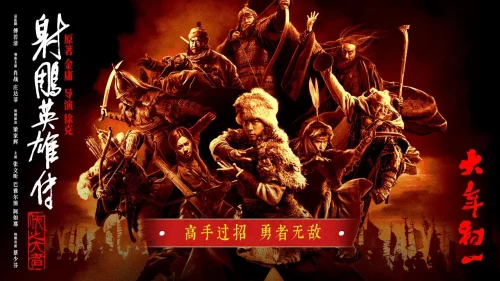
Спасибо вам ваши труды. Энтузиазм бесценен. Об экшне мало ресурсов. И ваша популяризация необходима…
С новым годом Вас всех, причастных к этому каналу, что я читаю уже больше…
Сложно сказать где бы Марко Сарор плохо смотрелся.)
В роли Крэйвена хорошо бы смотрелся Марко Сарор. Высокого роста, атлетичный, хорошо двигается. 100%…